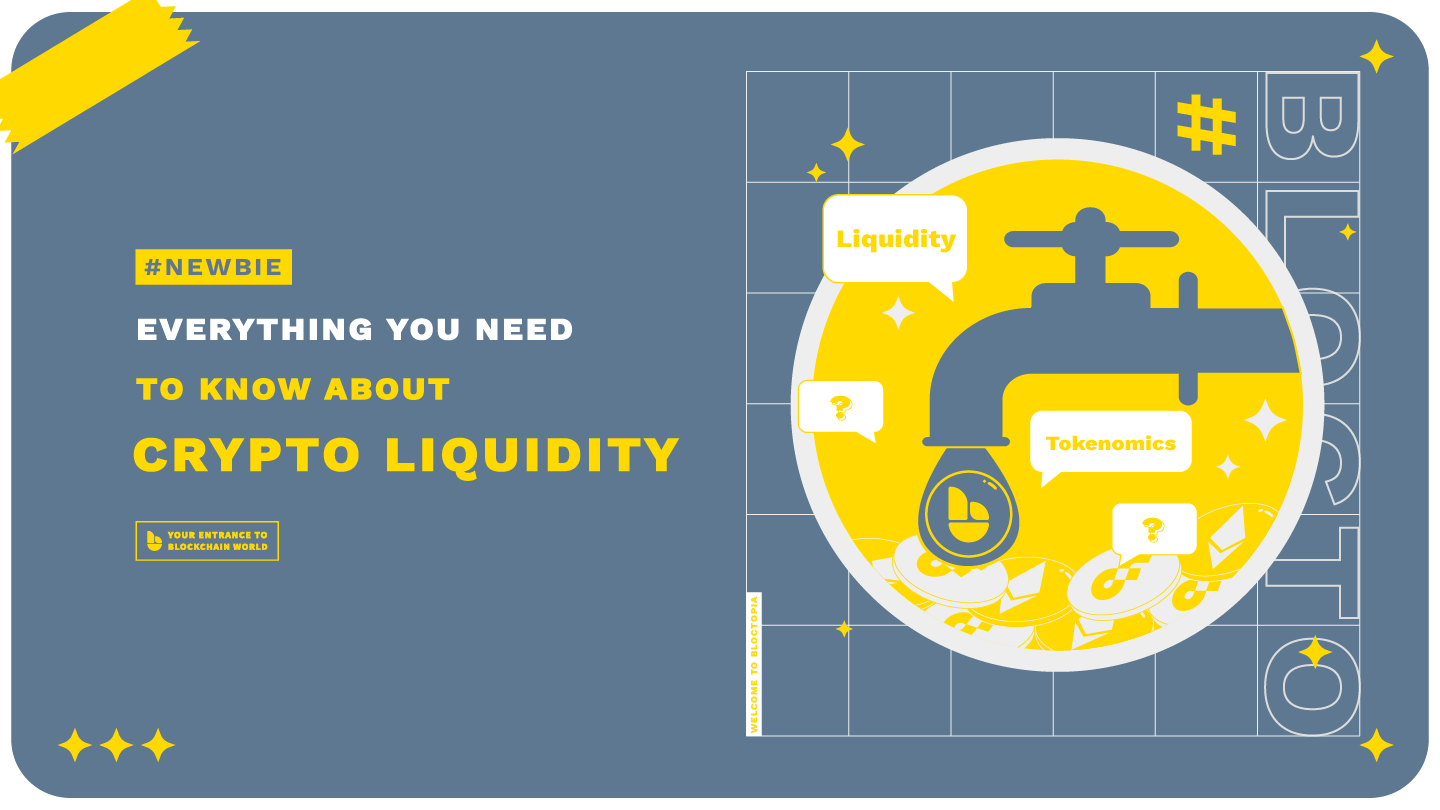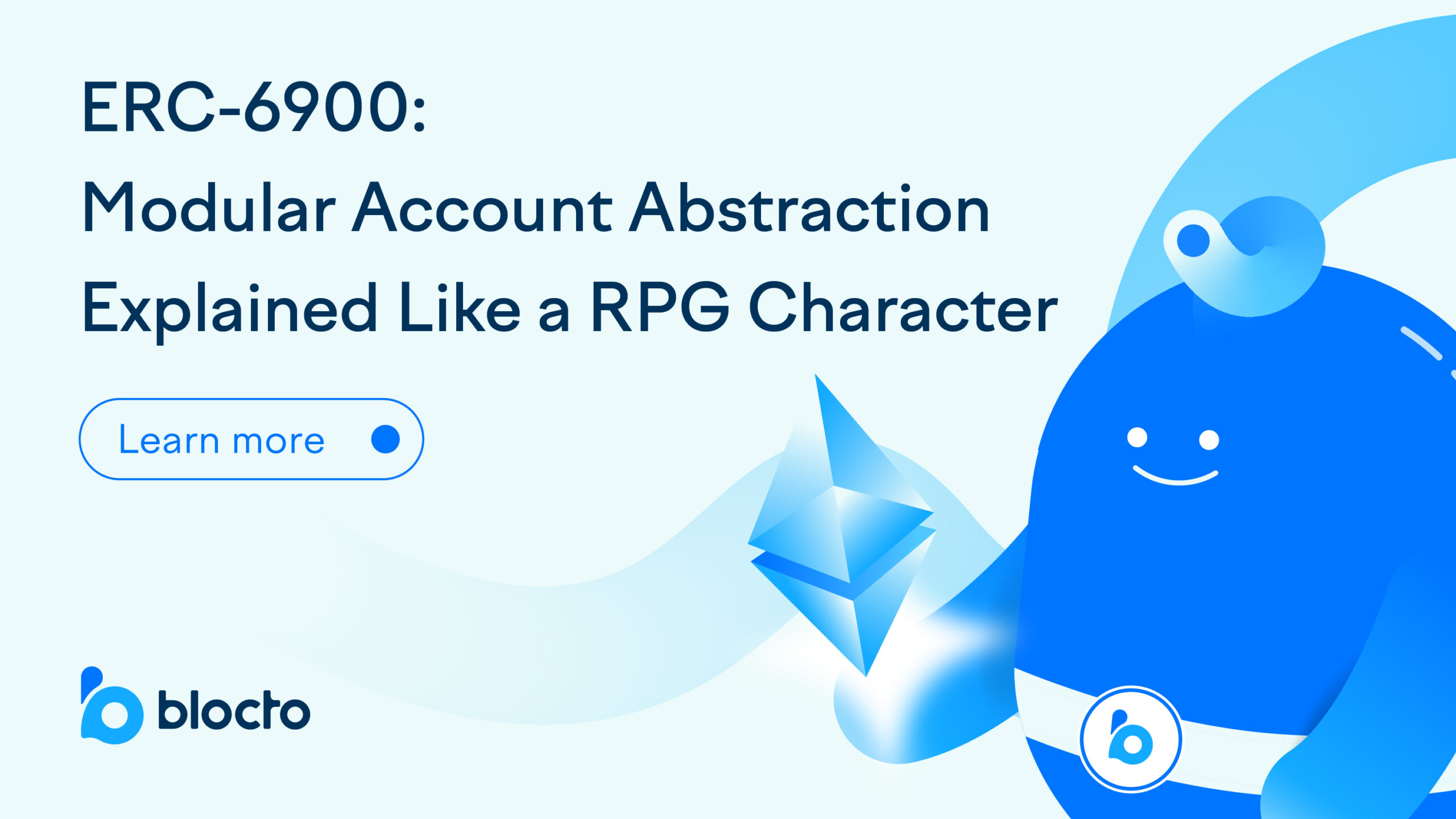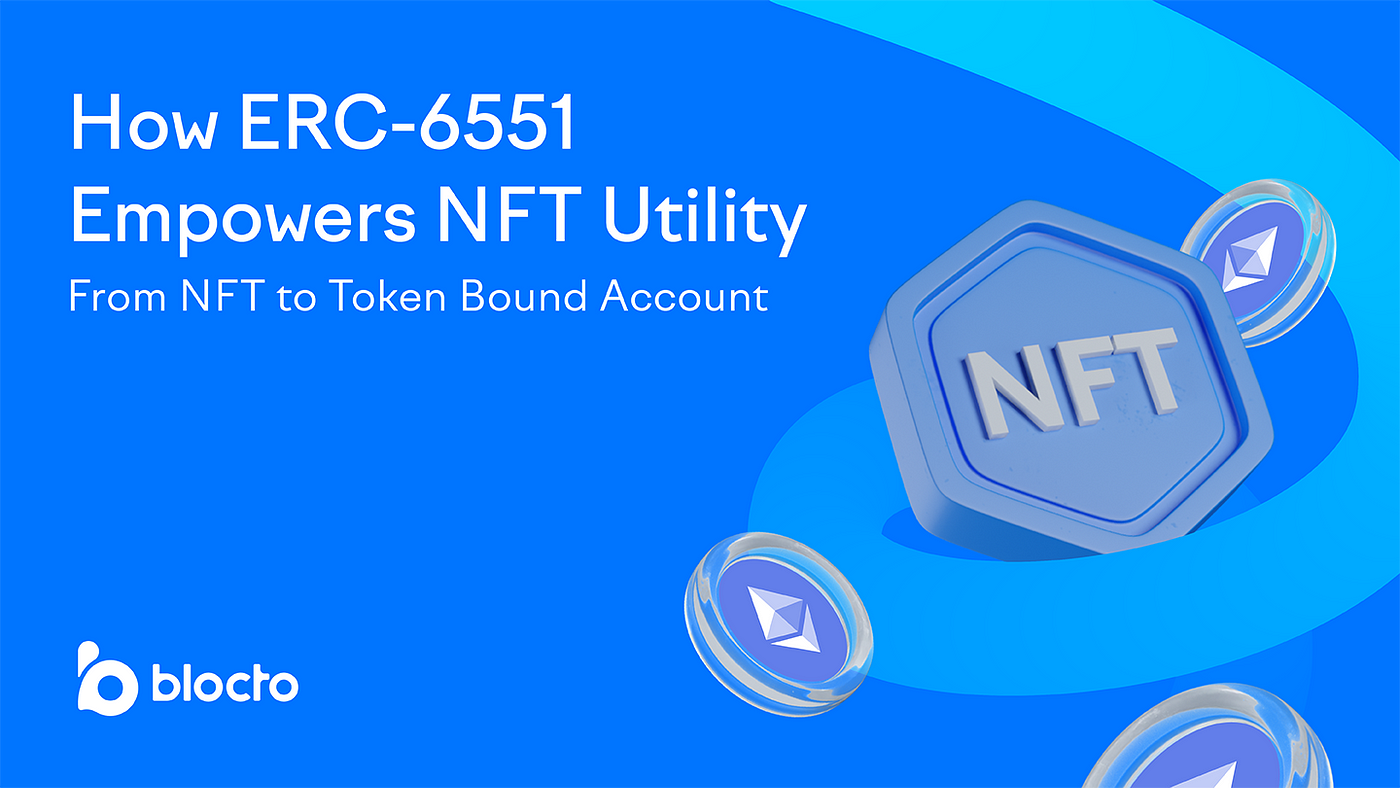
What they didn’t tell you when you provide liquidity to create passive income.
Understanding Crypto Liquidity
Liquidity has been the lifeblood of the crypto market that assumes the form of an automaton since Uniswap launched its first automated market maker (AMM) decentralized exchange that connected traders directly, without intermediaries. In contrast to the banking industry, the trading mechanism in decentralized exchanges (DEXs) allows users to trade against each other’s digital assets in a permissionless manner through the use of liquidity pools.
Essentially, liquidity pools are pools of tokens locked in a smart contract to facilitate the trades between buyers and sellers on a DEX. Deeper liquidity suggests that the market is active, where digital assets can be bought and traded with less volatility. Since digital assets on-chain must be bought and traded easily to gain traction among investors, maintaining deep crypto liquidity is crucial for any blockchain to prosper. Unlike traditional banking services where only high-net-worth individuals or companies can assume the role of a liquidity provider (LP), any DEX users can become a liquidity provider by depositing a predetermined ratio of cryptos into the liquidity pools for the others to trade against. To incentivize the users to add liquidity to the pools, the AMM protocol rewards LPs with a share of transaction fees paid in LP tokens. There are three main investment strategies for those seeking to generate passive income by providing crypto liquidity: staking, liquidity mining, and yield farming.
Staking vs. Liquidity Mining vs. Yield Farming
Staking, liquidity mining, and yield farming are popular short-term or long-term crypto investment options. All three avenues of returns require you to pledge your crypto assets to maintain the efficiency of the supported protocol. On this premise, you can view liquidity mining and yield farming as subsets of staking. While staking could be less lucrative, it involves fewer long-term risks than yield farming, which requires participants to leverage multiple lending protocols to maximize the yield. And the risk of impermanent loss may detract from the returns in liquidity mining as well as yield farming.
Staking
In crypto staking, you set aside part of your holdings of one crypto to a blockchain protocol to earn a percentage-rate reward over time, and the reward tokens you make are in the same crypto you stake. Benefits of staking include stable returns and the ability to keep the ecosystem secure, which makes this practice a favorite among risk-averse investors. Currently, Blocto Wallet supports BLT and FLOW staking.
If you are interested in our BLT and FLOW staking services, please read our all-in-one staking guide:
Liquidity Mining
To provide crypto liquidity to a protocol, you deposit a predetermined ratio of a trading pair into a liquidity pool. Trading pair refers to two tokens that can be traded against each other on a DEX. For example, ETH/USDT is a common trading pair on major exchanges. In exchange for the liquidity supply to facilitate crypto trades, the protocol compensates you with LP tokens accruing on your share of the pool. LP tokens accrue in real time and can be claimed when you withdraw crypto liquidity from the pool.
However, changes in the price of your deposit may lead to impermanent loss. It happens when you provide crypto liquidity to a liquidity pool, and the price of your deposited tokens drops compared to when you deposited them. In this case, the loss means less monetary value of your assets at the time of withdrawal. To avoid exposing your deposit to a greater risk of impermanent loss, you may choose from the pools of stablecoins that remain in a relatively small price range. For instance, stablecoins like USDT and USDC will stay in a less volatile price range, which substantially reduces the risk. So, keep the concept of impermanent loss in mind before supplying crypto liquidity to any pool.
Yield Farming
Yield farming refers to the more complex practice of rotating between multiple pools across DEXs to generate different tokenized rewards. Yield farmers generally profit from lending crypto to borrowers on crypto lending platforms or DEXs to earn interest paid on the loan. This lending and borrowing dynamics differentiates yield farming from liquidity mining of selling and buying cryptos. There are various DeFi platforms or DEXs where you can perform yield farming. Yield farmers on Compound, for example, will earn interest on their lent assets as well as Compound tokens for providing crypto liquidity.
Becoming A Liquidity Provider on Blocto Wallet!
Our decentralized exchange BloctoSwap features liquidity pools where you can put your idle cryptos to work. Now supporting a diversity of trading pairs on the Flow blockchain, our liquidity pools expect to encourage more users to take the role of liquidity provider in our ecosystem. Refer to the guide below to become a LP and earn LP tokens in return:
Step 1: If you are logging in with a computer, go straight to https://swap.blocto.app. Otherwise, open Blocto App and go to “Discover” at the bottom. Find “BloctoSwap” on the page and sign in with your Blocto email account (Flow wallet).
Step 2: Click on “Pool” on top and click “ADD” to add crypto liquidity.
Step 3: Choose a valid trading pair and fill in the amount of the two cryptos you would like to provide. Contribute an equal value of both tokens of the trading pair to proceed. (You have to provide 50% of each token at a time.)
Step 4: “CONFIRM SUPPLY” after you check the price details of your pool share. Your liquidity provider position will be shown at the bottom once the server confirms your supply. Scroll down and check it out in “Your position.”

